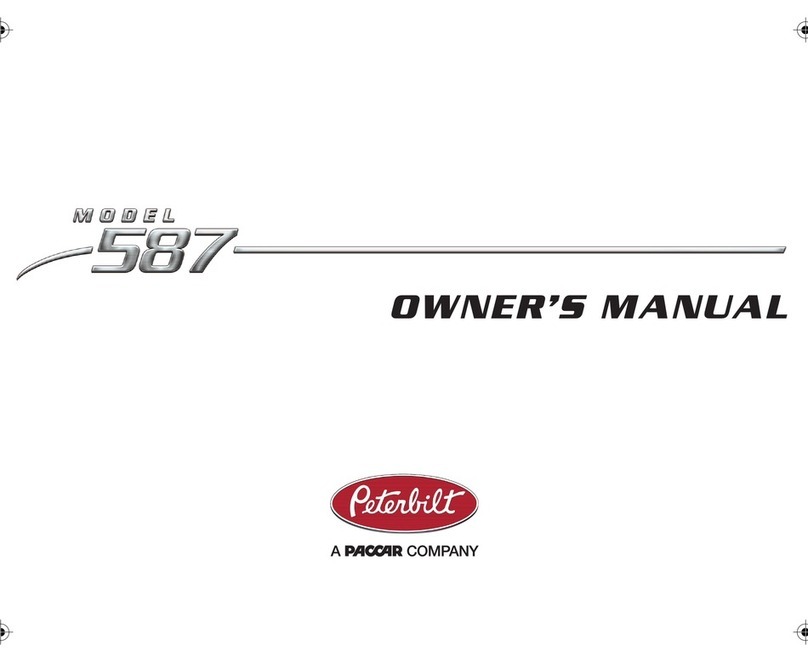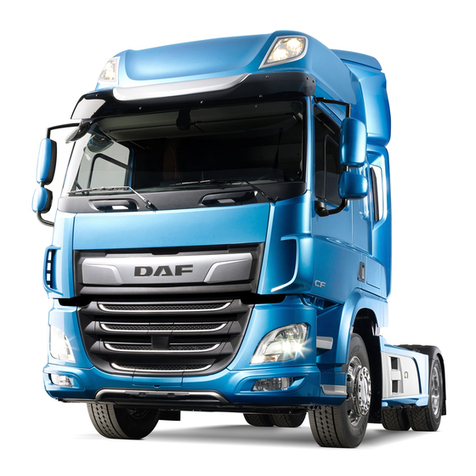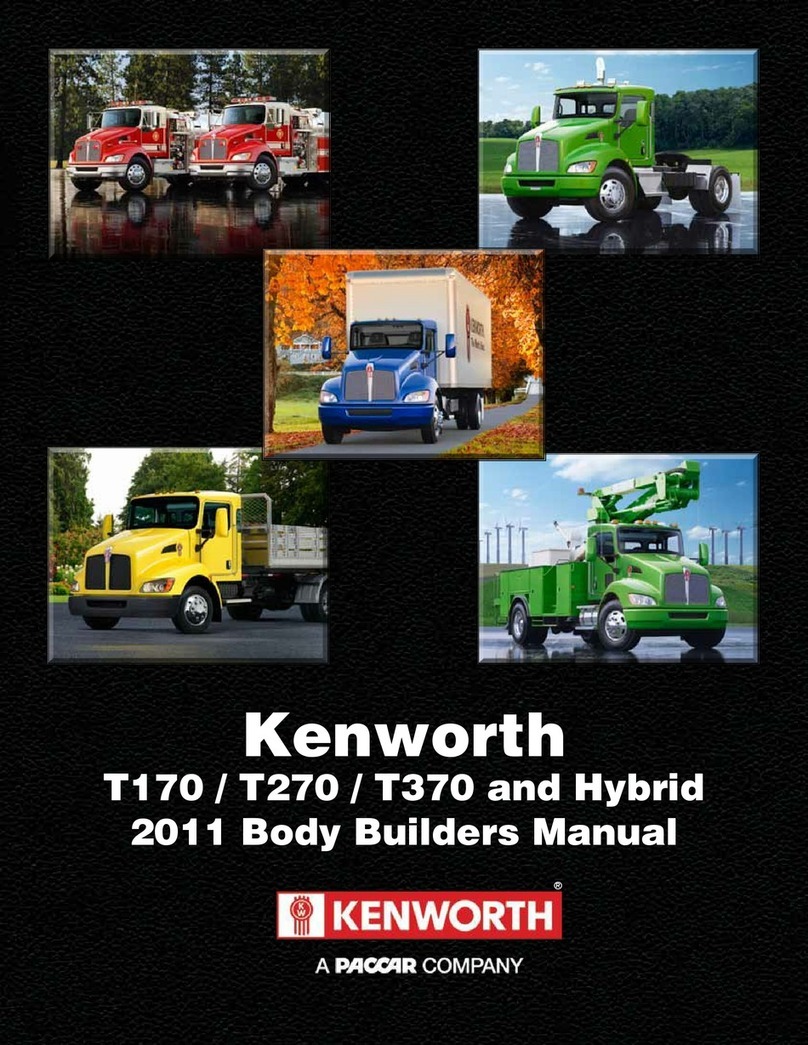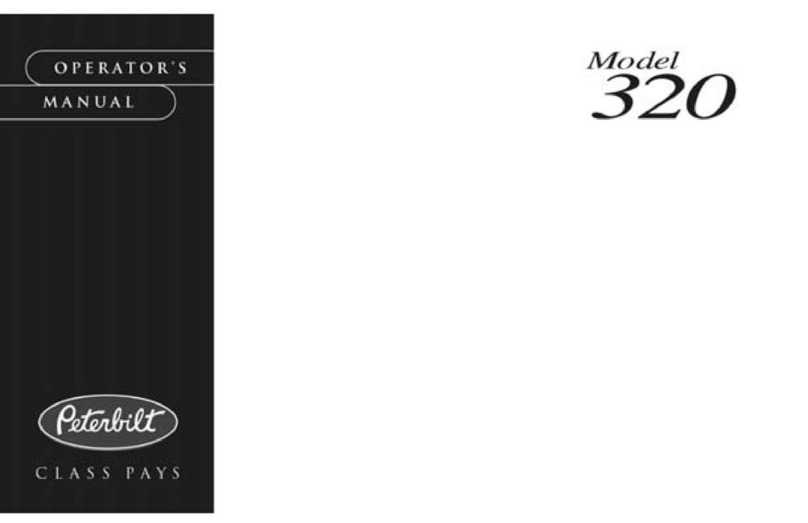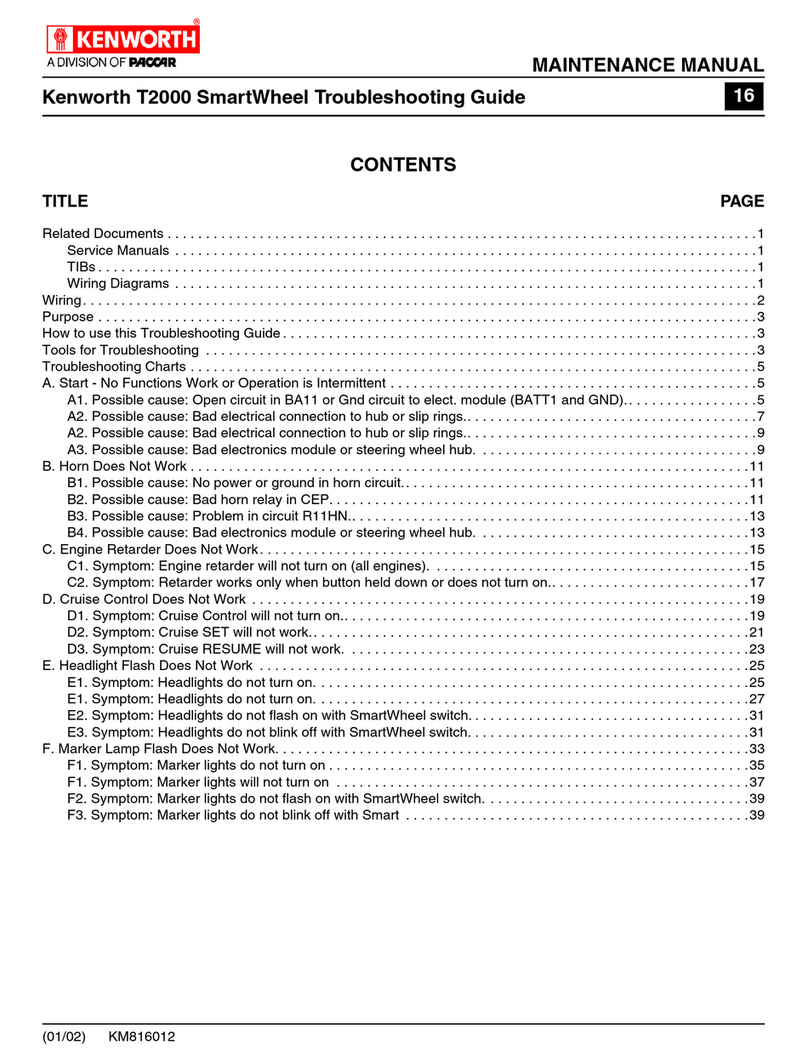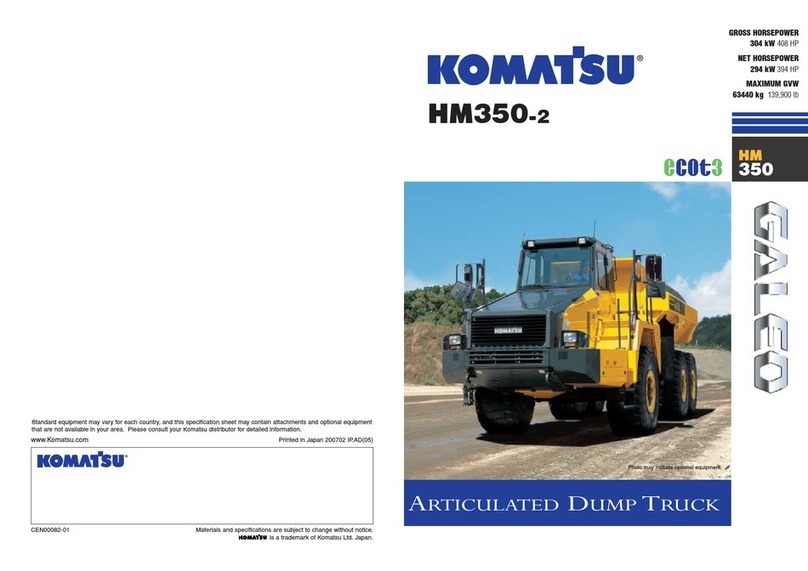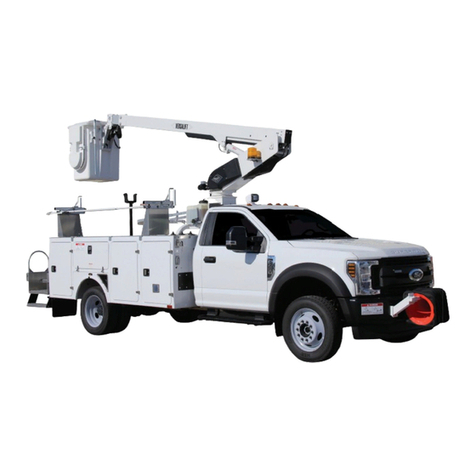
WARNING
Manually rotating the crankshaft re-
quires a trained technician and specialty
tools. DO NOT pull or pry on the fan in
an attempt to rotate the crankshaft. Ap-
plying force to the fan can damage the
fan blades or cause premature fan fail-
ure. Failure to comply with the approved
procedure may result in property dam-
age, personal injury, or death.
Before performing any repair, read and
understand all of the safety precautions
and warnings. The following is a list of
general safety precautions that must be
followed to provide personal safety. Failure
to follow these instructions may cause
death or injury. Special safety precautions
are included in the procedures when they
apply.
Keep in mind that even a well maintained
vehicle must be operated within the range
of its mechanical capabilities and the limits
of its load ratings. See the Weight Ratings
label on the driver's door edge.
Every new vehicle is designed to conform
to all Federal Motor Vehicle Safety
Standards applicable at the time of
manufacture. Even with these safety
features, continued safe and reliable
operation depends greatly upon regular
vehicle maintenance. Follow the
maintenance recommendations found in
the Preventive Maintenance section. This
will help preserve your investment.
Make sure your vehicle is in top working
condition before heading out on the road, it
is the responsible driver's duty to do so.
Inspect the vehicle according to the
Driver's Check List.
• Work areas should be dry, well lit,
well ventilated, free from clutter,
loose tools, parts, ignition sources
and hazardous substances.
• Wear protective glasses and
protective shoes when working.
• DO NOT wear loose-fitting or torn
clothing. Tie back and/or tuck in
long hair. Remove all jewelry when
working.
• Before beginning any repair,
disconnect the battery (negative [-]
cable) and discharge any
capacitors.
• Put a “DO NOT OPERATE” tag in
the operator's compartment or on
the controls.
• Allow the engine to cool before
slowly loosening the coolant fill cap
to relieve the pressure from the
cooling system.
WARNING
Removing the fill cap on a hot engine
can cause scalding coolant to spray
out and burn you badly. If the engine
has been in operation within the previ-
ous 30 minutes, be very careful in re-
moving the fill cap. Protect face,
hands, and arms against escaping flu-
id and steam by covering the cap with
a large, thick rag. DO NOT try to re-
move it until the surge tank cools down
or if you see any steam or coolant es-
caping. Always remove the cap very
slowly and carefully. Be ready to back
off if any steam or coolant begins to
escape. Failure to comply may result
in death, personal injury, equipment or
property damage.
• Always use wheel chocks or proper
jack stands to support the vehicle
or vehicle components before
performing any service work. DO
NOT work on anything that is
supported only by lifting jacks or a
hoist. Before resting a vehicle on
jack stands, be sure the stands are
SAFETY - General Safety Instructions
8 Y53-6126-1A1 (01/21)
1
